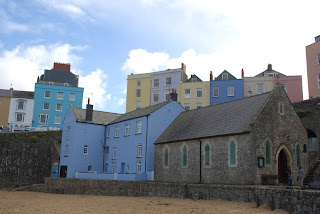Nostalgia
time! From that great radio series, “Round the Horne”, 50 years ago:-
Kenneth
Horne: “First, the answers to last week’s quiz, “Complete the proverb”. The
first proverb was “It’s a long lane which has no …” The answer was, of course,
“turning”, but thank you for your very detailed letter of complaint, Mr Gruntfuttock;
and if your lane is really as long as you say and it hasn’t got one, I can only
suggest that you petition your local council. The second proverb was “Look
before you …” Now you all agreed this was complete in itself. In your case, Mr
Gruntfuttock, you’d better watch out for the prevailing wind as well”.
Mr Gruntfuttock featured in several episodes of this kind: for instance :-
Kenneth Horne: "Last week we asked you, "Can be seen in Hyde Park". The answer we wanted was "The Serpentine"; but thank you for the very detailed description of what you saw there, Mr Gruntfuttock. I didn't know you were watching".
Occasionally he appeared in person (played by Kenneth Williams):-
"On your last programme, Mr Horne, you insulted a minority group in the community, of which I am a respected member".
"What group is that, Mr Gruntfuttock?"
"Dirty old men!"
Mr Gruntfuttock featured in several episodes of this kind: for instance :-
Kenneth Horne: "Last week we asked you, "Can be seen in Hyde Park". The answer we wanted was "The Serpentine"; but thank you for the very detailed description of what you saw there, Mr Gruntfuttock. I didn't know you were watching".
Occasionally he appeared in person (played by Kenneth Williams):-
"On your last programme, Mr Horne, you insulted a minority group in the community, of which I am a respected member".
"What group is that, Mr Gruntfuttock?"
"Dirty old men!"
Ahh: they don’t write scripts like that any more!













